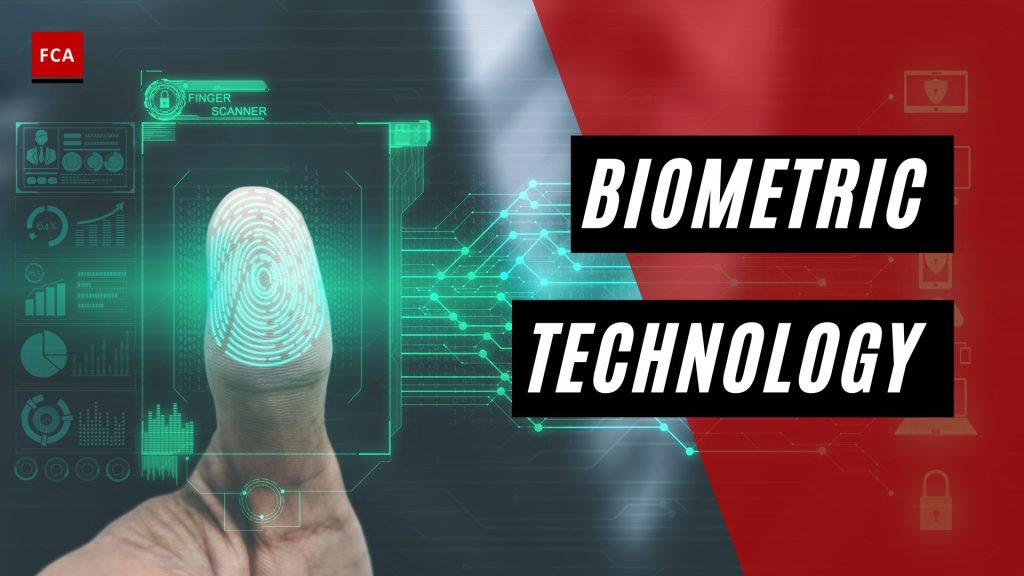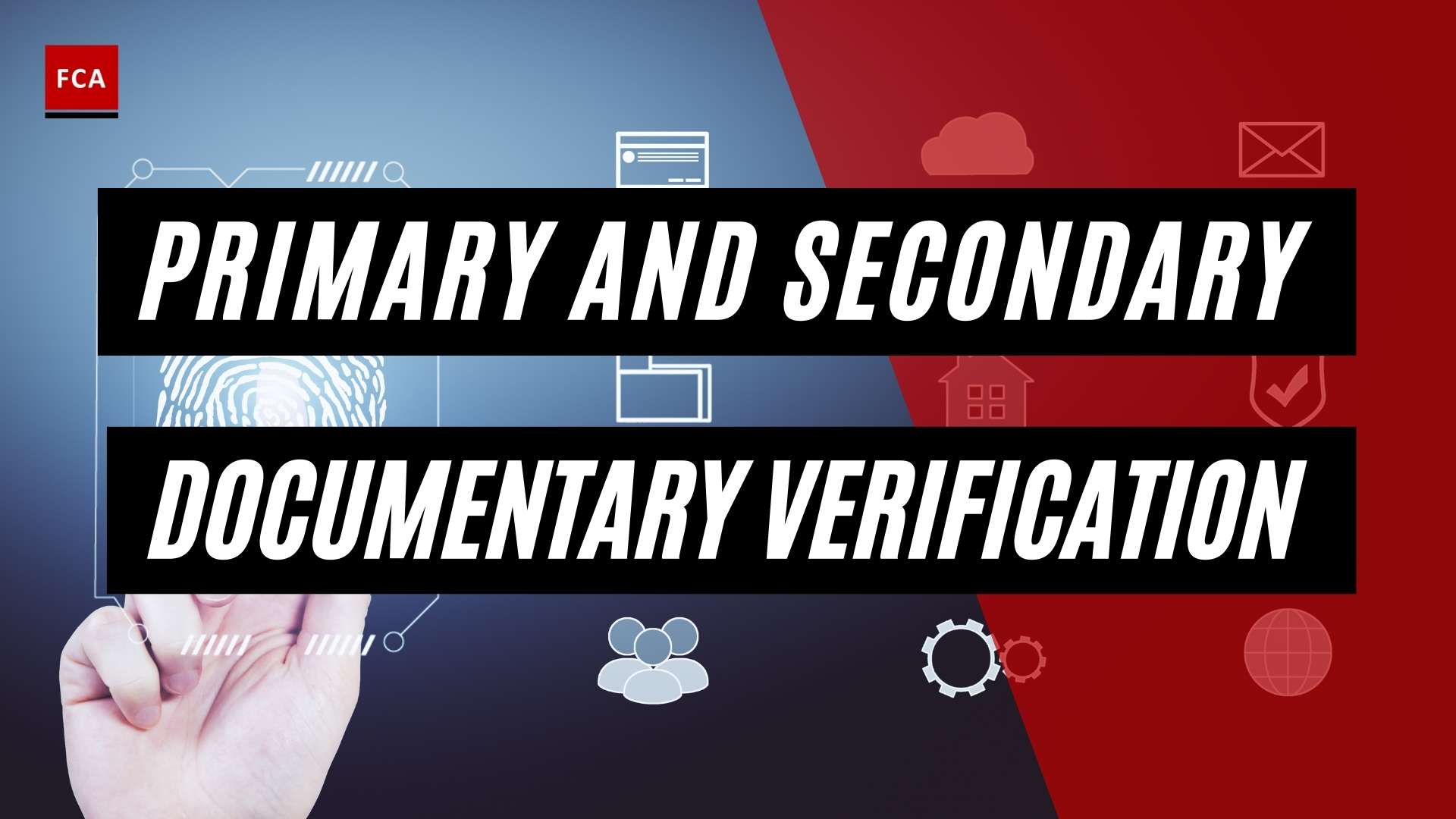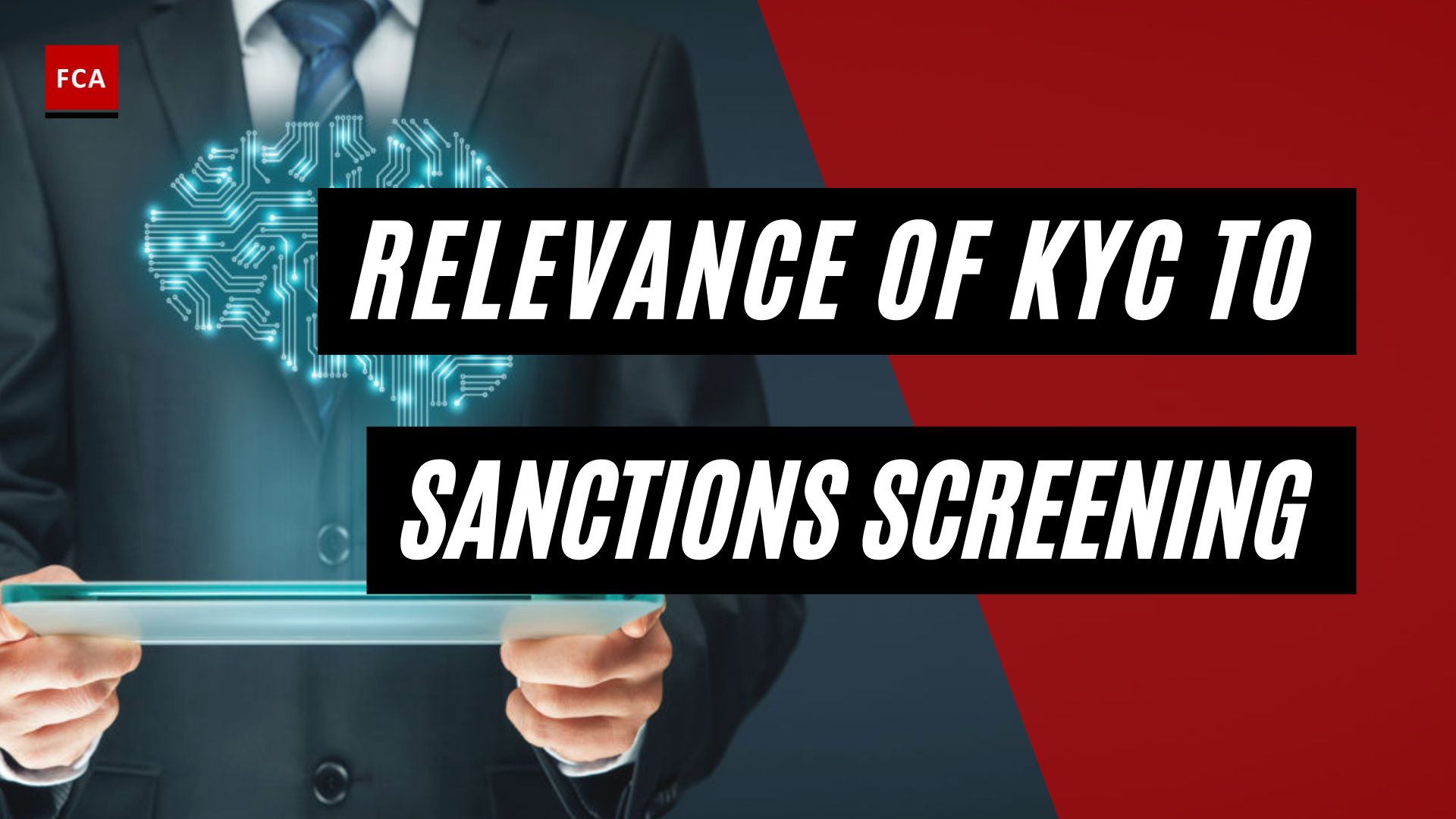Biometric technology is revolutionizing the way we verify individual identities, offering a higher level of security than traditional methods by using unique physical or behavioral attributes.
Historically, systems and applications using biometrics have been initiated by authorities for military access control and criminal or civil identification under a tightly regulated legal and technical framework.
Nowadays, banking, retail, and mobile commerce businesses, demonstrate a real appetite for the benefits of using the biometric technology. The acceptance and awareness have been boosted in the past years, as millions of mobile phone users or customers are unlocking their smartphones or mobile phones with a face or a fingerprint.
The Biometric technology is great wherever identification and authentication are critical.
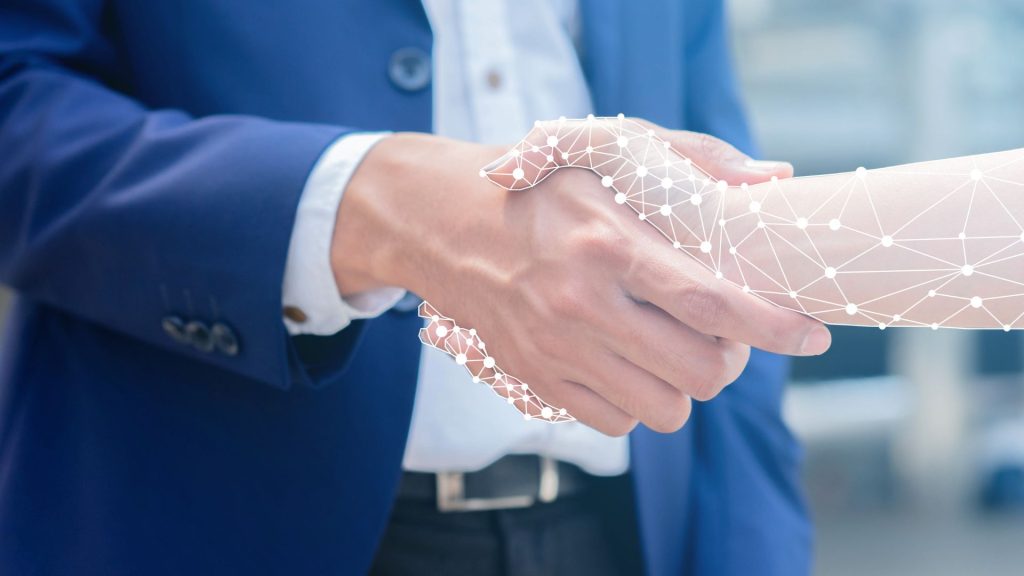
Biometric Technology
Below are the most typical use cases of biometric technologies:
- Law enforcement and public security for criminal identification or suspect identification
- Border, travel, and migration control (traveller identification or passenger identification)
- Commercial applications such as consumer identification.
Law enforcement biometrics refers to applications of biometric technology that may support law enforcement agencies. This may include criminal I.D. solutions such as Automated Fingerprint Identification Systems. Law enforcement authorities store, search and retrieve fingerprint data.
The Automated Biometric Identification Systems may create and store biometric information that matches biometric templates for the finger, iris, and face. Live face recognition ability performs face identification in a crowd in a real-time or post-event basis and it is gaining interest for public security at airports, borders, stadiums, etc.
The surveillance systems are being tested in many countries and are challenged and sometimes put on the hold. The use of an electronic passport is a familiar biometric travel document. The second generation of such documents, also known as biometric passports, includes two fingerprints stored and a passport photo.
- The photo speeds border crossing through scanners, which use the recognition principle by comparing the face or fingerprints.
- Check-ins and bag-drop solutions also increase speed and efficiency while maintaining high levels of security.
Needless to say, for airports and airlines, providing passengers with a unique and enjoyable travel experience is a business priority. Biometrics provides here irrefutable evidence of the link between the passport and its holder.
Biometric authentication is done by comparing the face/fingerprint(s) seen/read at the border with the face/fingerprints in the passport microcontroller. If both biometric data match, authentication is confirmed.
Identification, if necessary, is done with the biographic data in the chip and printed.
KYC check is a mandatory process in the fight against financial crime and money laundering. With biometrics, banks, fintech organizations, or even telecom operators may make customer-mandatory KYC checks faster and more efficiently using biometrics. Call centers may also use the biometric voice to detect impersonators and prevent account takeover fraud.
The pandemic has enhanced online digital onboarding and bank account opening as many branches were provisionally closed. Institutions have been developing smartphone or mobile-friendly customer onboarding processes, including facial recognition as a serious feature for the identification and verification of potential customers.
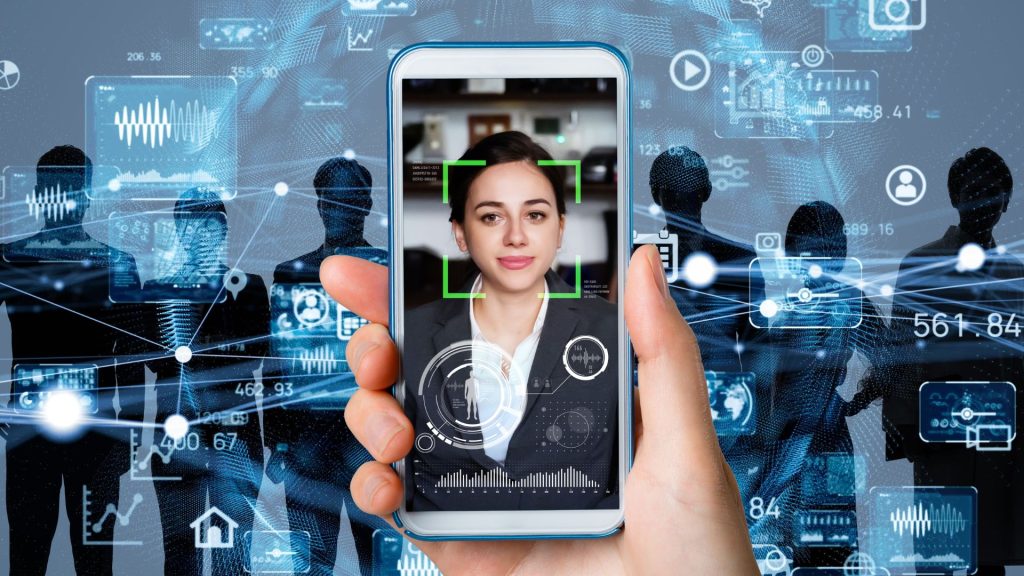
The Unique Identification Authorities may retain all authentication services free to lower the entry block. Biometric access control systems advantage to prevent unauthorized individuals from accessing:
- Facilities (physical access control)
- Computer systems and networks based on biometric authentication.
Final Thoughts
In light of historical precedence, biometrics has evolved from a strictly military and governmental tool to an essential component of everyday commercial and civil applications. From unlocking smartphones with a simple facial scan or fingerprint touch to aiding in global public security and streamlining airport travel experiences, the technology is fundamentally transforming the way we approach identification and security. Its value in streamlining essential processes such as KYC in banking and ensuring reliable access control is undeniable. However, as adoption grows, so do concerns regarding surveillance and privacy. The crux remains in balancing the undeniable benefits with ethical considerations and rights of individuals, especially in an era where personal data is paramount.

